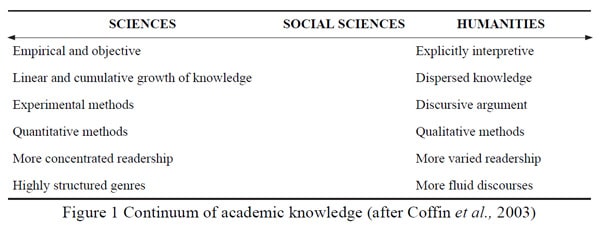
Personal Pronouns in Academic Writing. Many essay readers have strong opinions about which personal pronouns are acceptable in academic writing. The easiest way to avoid irking your audience is to omit "I," "we," and "you," (the first and second person pronouns) in formal papers. Writing test graders tend to be a little more flexible in accepting first person pronouns since Author: home Because English has no generic singular—or common-sex—pronoun, we have used HE, HIS, and HIM in such expressions as "the student needs HIS pencil." When we constantly personify "the judge," "the critic," "the executive," "the author," and so forth, as male by using the pronoun HE, we are subtly conditioning ourselves against the idea of a female judge, critic, executive, Rochester College Writing Standards GRAMMAR and SYNTAX 1. Comma splices 2. Run-On and Fused sentences 3. Fragments 4. Noun/Pronoun agreement (do not mix singular and plural) 5. Subject/Verb agreement 6. Consistent tense 7. Misplaced modifiers 8. Parallel structure STYLE 1. No second person (“you” and “your” and “understood you”) 2
Appropriate Pronoun Usage // Purdue Writing Lab
This page is brought to you by the OWL at Purdue University. When printing academic writing standards using pronouns page, you must include the entire legal notice. All rights reserved. This material may not be published, reproduced, broadcast, rewritten, or redistributed without permission. Use of this site constitutes acceptance of our terms and conditions of fair use.
Because English has no generic singular—or common-sex—pronoun, we have used HE, HIS, and HIM in such expressions as "the student needs HIS pencil. There are several alternative approaches for ending the exclusion of women that results from the pervasive use of masculine pronouns. Replace the masculine pronoun with ONE, YOU, or sparingly HE OR SHE, as appropriate. Alternate male and female examples and expressions. Be careful not to confuse the reader. Using the masculine pronouns to refer to an indefinite pronoun everybody, everyone, anybody, anyone also has the effect of excluding women.
In all but strictly formal uses, academic writing standards using pronouns, plural pronouns have become acceptable substitutes for academic writing standards using pronouns masculine singular.
An alternative to this is merely changing the sentence. English is very flexible, so there is little reason to "write yourself into a corner":. Find Info For Find Info For Academics Admissions Current Students Athletics About Careers Prospective Students Research and Partnerships Quick Links Apply News President Shop Visit Give Emergency.
Purdue Online Writing Lab College of Liberal Arts. Writing Lab Purdue OWL Research Contact Site Map. General Writing Academic Writing Using Appropriate Language. Welcome to the Purdue OWL This page is brought to you by the OWL at Purdue University.
Academic Style (Academic Writing)
, time: 9:05Using Pronouns in Academic Writing | Debates and Guidelines

Rochester College Writing Standards GRAMMAR and SYNTAX 1. Comma splices 2. Run-On and Fused sentences 3. Fragments 4. Noun/Pronoun agreement (do not mix singular and plural) 5. Subject/Verb agreement 6. Consistent tense 7. Misplaced modifiers 8. Parallel structure STYLE 1. No second person (“you” and “your” and “understood you”) 2 Personal Pronouns in Academic Writing. Many essay readers have strong opinions about which personal pronouns are acceptable in academic writing. The easiest way to avoid irking your audience is to omit "I," "we," and "you," (the first and second person pronouns) in formal papers. Writing test graders tend to be a little more flexible in accepting first person pronouns since Author: home Because English has no generic singular—or common-sex—pronoun, we have used HE, HIS, and HIM in such expressions as "the student needs HIS pencil." When we constantly personify "the judge," "the critic," "the executive," "the author," and so forth, as male by using the pronoun HE, we are subtly conditioning ourselves against the idea of a female judge, critic, executive,
No comments:
Post a Comment